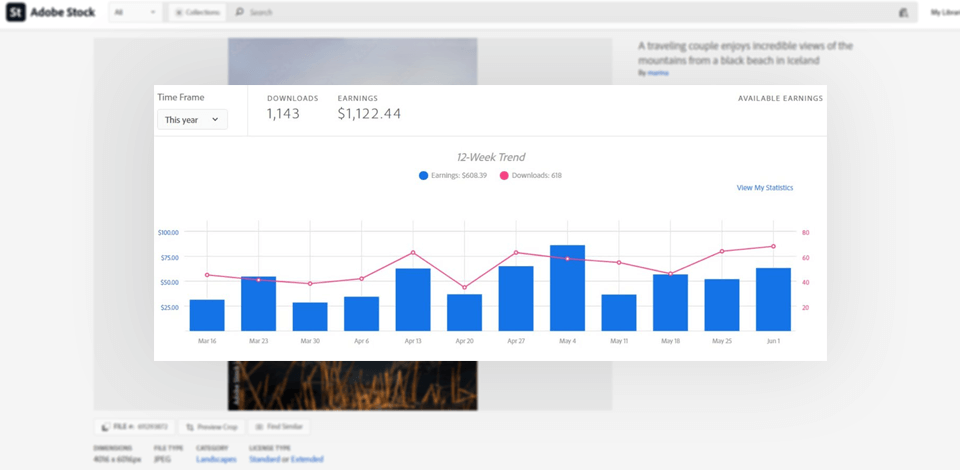
Joining Adobe Stock as a contributor was one of the best creative decisions I’ve made. I was looking forward to some passive income, and Adobe turned out to be a wonderful solution. Adobe contributors receive a 33% commission from each photo sale and 35% from videos. Depending on the buyer’s price, I usually earn anywhere from $0.33 to $26.40 for photos, and $2.80 to $70.00 for videos.
My earnings aren’t fixed. They vary depending on whether the customer has a subscription, uses credit packs, or picks a standard or extended license. It’s interesting to monitor how all these pieces come together and impact the final payout. Still, one constant I can count on is exposure. Thanks to Adobe's Creative Cloud ecosystem, I know that thousands of people will see my work.
If you have top-quality photos, videos, or creative assets, I honestly think Adobe Stock is one of the top platforms where you can turn content into cash. The commissions are fair, and the visibility your work gets is second to none.

Adobe Stock is like a hub where you can find a wealth of creative content contributed by millions of skilled creators. You can easily download and incorporate these assets into your projects. The platform covers a diverse range of creative elements, including photos, vectors, illustrations, templates, 3D assets, videos, motion graphics templates, and audio files.
Thus, the website is beneficial both for people looking for creative materials and contributors, who want to have a source of passive income.
Being a part of the FixThePhoto team, I had the chance to learn Adobe Stock from the contributor’s side. Beyond the fair payouts and flexible income options, other advantages make the whole experience a win-win.
Recently, Adobe Stock, like all other free Adobe software, was upgraded. Therefore, contributors have received even more tools for their work. Using the new Generative Edits and Generate Variations features, creators can customize and refine Stock assets. So, the entire workflow becomes faster.
Generative Edits allows you to:
Figuring out what Adobe Stock expects from contributors took longer than I expected. To make your start smoother, I’ve created a short guide to point you in the right direction from day one.
Age and legal eligibility. You need to be 18 or older to become an Adobe Stock contributor. It is also necessary to check whether your country gives the green light for online commercial activities.
Content guidelines. Adobe Stock is picky in a good way. They expect top-notch quality, so blurry or grainy content isn't accepted. I always double-check that my photos are crisp, at least 4MP. As for videos, they meet HD standards or higher.
Adobe Stock wants authentic, original content. So, I made sure everything I uploaded was mine and mine alone - no shortcuts, no copy-paste from the net. I also kept my files under 45 MB, which is the max size allowed for photos and illustrations.
File format:
Model and property releases. Anytime I wanted to upload something with a person or private space in it, I had to get written permission. Basically, a signed release proves you’re allowed to use that content.
Metadata requirements. You need to complement all your uploaded files with proper metadata. I have tested several approaches and figured out what worked best of all:
Payment information. To cash out your earnings, you need to fill in your payment details. Adobe Stock contributer can choose from PayPal, Payoneer, or Skrill. It was easy to set up, and as long as everything’s accurate, you’ll have no trouble receiving your payments.
Since I’m a US resident, I had to provide my tax details when setting up my account. It wasn’t a big deal, but Adobe just needs this info to make sure taxes are handled the right way. Wherever you’re signing up from, make sure to look into your local tax rules so there are no surprises in the future.
Adobe Contributor Agreement. I had to go over the Contributor Agreement and agree to the terms. It covers the basics, like payment details and the rights I retain to my work.
Every time someone licenses one of my assets on Adobe Stock, I make a percentage of the sale. The percentage varies - 33% for photos, illustrations, and vectors, and 35% for videos.
The actual amount I earn per download can be different, and that usually comes down to what kind of plan the customer has.
If someone with a high-volume plan, e.g., 750 downloads per month, licenses one of my images, I typically make about $0.33. It’s a small amount per download, but it all adds up when the volume is high.
However, if a person uses a credit package to get my image, buying credits in bulk, I can earn somewhere between $2 and $4, sometimes even more, for that single file. Plus, when a customer sticks to an extended license agreement, my earnings go up to $25 for just one download.
I regularly check my AdobeStock contributor dashboard. There, I can see which of my creations are popular, where they're being downloaded, and what I'm earning from each. As soon as my earnings reach the $25 mark, I can ask for a payout.
I like that Adobe appreciates it when you work consistently and have a broad portfolio with high-quality content. Even though the earnings per download can go up and down, you should do your best to create a large and diversified collection. Thus, you can have a steady source of passive income.
Ready to dive into contributing? Or perhaps you need a bit of encouragement to start? Instead of just telling you how simple it is, let me demonstrate it for you.
Step 1. Register using your Adobe ID
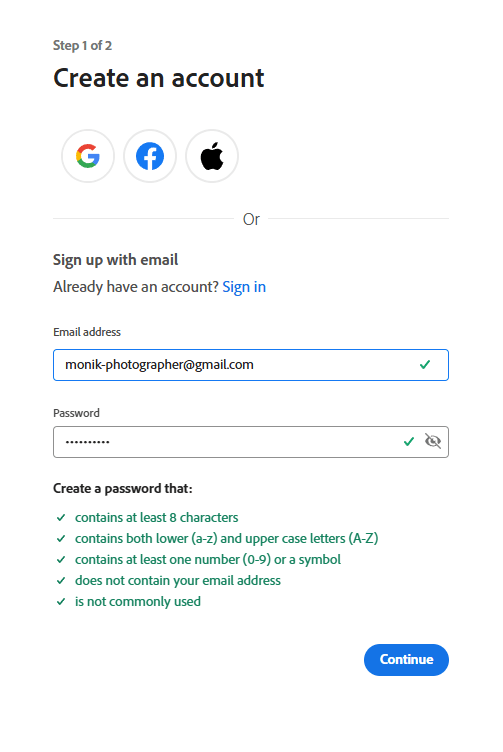
Don’t worry if you haven’t subscribed to Creative Cloud. In fact, creating an Adobe ID is a breeze. If you're a contributor on Fotolia, you can sync your accounts, making access and management a seamless process.
Step 2. Import your files
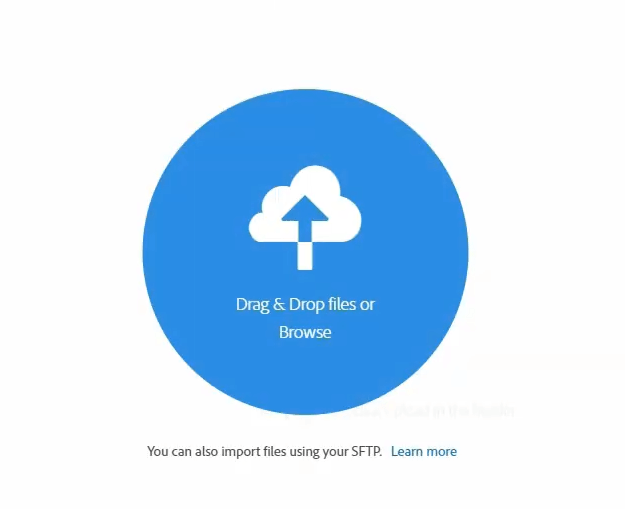
Upload your files by dragging and dropping or browsing through them. If you have a lot of content or want to submit videos, take advantage of the FTP Upload option.
Step 3. Streamline the process with the new auto-keywording tool

The Abode Stock Contributor dashboard now features auto-keywording. This is a handy tool that utilizes modern machine learning technology to automatically generate the initial five keywords for every image you upload.
Step 4. Wait for review and publication
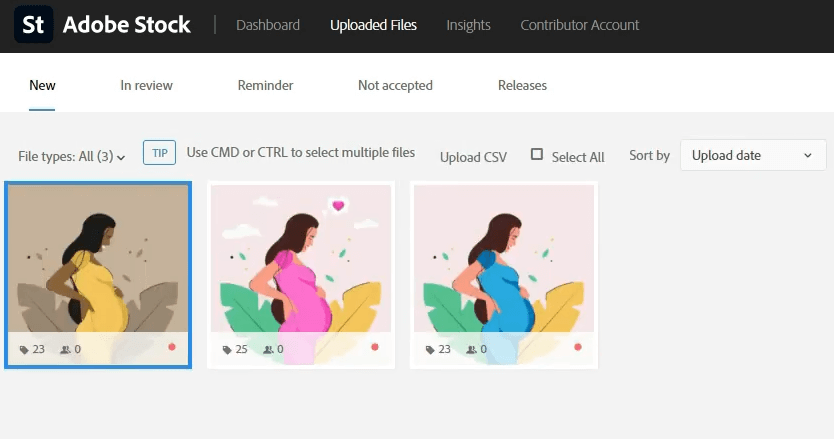
After uploading your content, the moderation team will assess your files for quality and suitability. Once approved, they will be published and ready for sale.
Selling photos online can be a fantastic way to generate passive income. However, it's important to note that the earnings may not be substantial, as they depend on the number of people purchasing your content.
No matter what creative sphere you are engaged in. The tips below will surely come in handy for starting your contributor Adobe Stock adventure.

As one of the popular stock photography sites, Adobe Stock upholds stringent quality standards. Ensure your photos, illustrations, videos, and vectors are of decent quality, sharp, and devoid of artifacts or noise.
Always meticulously analyze your photos to make sure they are in line with professional standards.
I also suggest opting for the Adobe Photography Plan, which includes Lightroom and Photoshop, priced at just $9.99 per month. Many contributors use this option, as it is a great way to save money and get top-notch photo editing software for PC in 1 subscription.
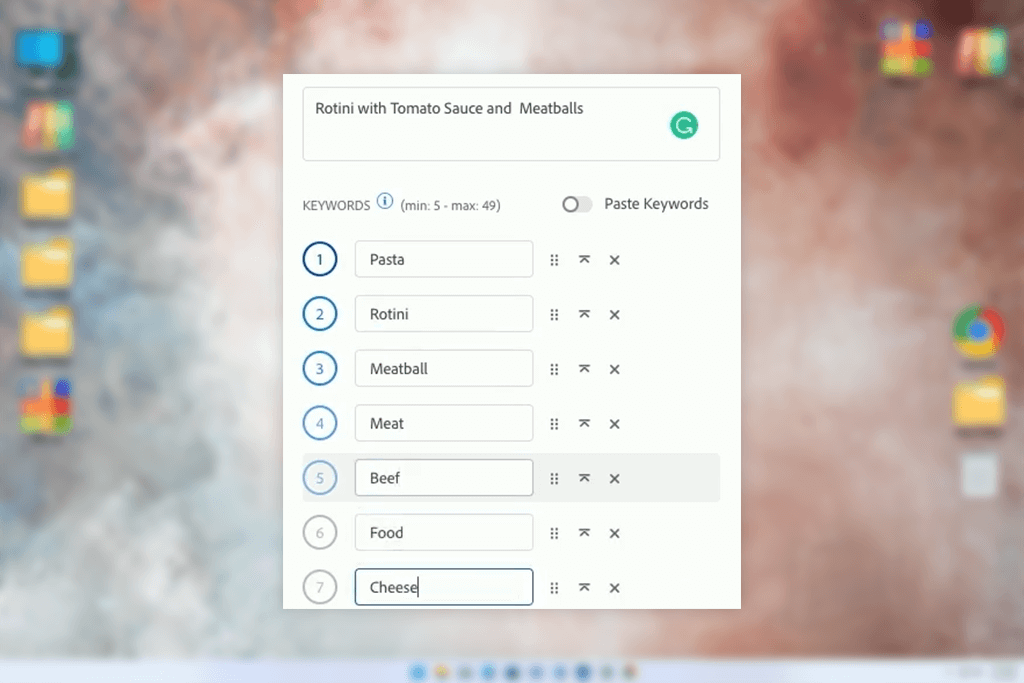
To earn good money on Adobe Stock, you can't just upload a single image or video and call it a day. It is paramount to add new and different kinds of content regularly. Thus, you can create a huge portfolio with manifold assets that won’t go unnoticed.
It’s important to share only top-quality content so that each submission brings a distinct value. Uploading many similar, identical, or weird stock photos may be flagged as spam by the Adobe Stock moderation team. If that happens, your account may be blocked or even closed once and for all.

These presets make photo editing quick and efficient. What I find particularly handy is the capability to experiment with numerous edits, just by hovering over the presets. Therefore, you can promptly find the best preset for any picture before uploading it to stock platforms.
First, you may need to learn how to add Lightroom presets to your device and then proceed with creative photo editing.
To sell your images on Adobe Stock, you must use your Adobe Stock contributor login to enter the platform or create a new account. Besides, you have to be at least 18 years old.
You sell the rights to use your images, earning commissions in return. But you maintain complete ownership of your content.
Payments are processed in the order of receipt and are typically finalized within 7 to 10 business days.
Recognized as one of the best places to sell photos online, Adobe Stock welcomes content created with generative AI tools as long as it adheres to the current image submission standards. Such content must be explicitly identified as generative AI content by selecting the "Created using generative AI tools" checkbox.
As being an Adobe Stock Contributor incurs no costs, consider carefully whether deleting your account is necessary. Head to the bottom of the Adobe Stock Contributor Portal and submit a request through the contact form.
When comparing Adobe Stock vs Shutterstock, the former is often a better option for photographers. They give you a better base commission (33% compared to Shutterstock's 15-40%). Plus, the payouts from subscription downloads are more consistent. Moreover, since Adobe Stock is built right into Creative Cloud, millions of Adobe users will likely see your content.